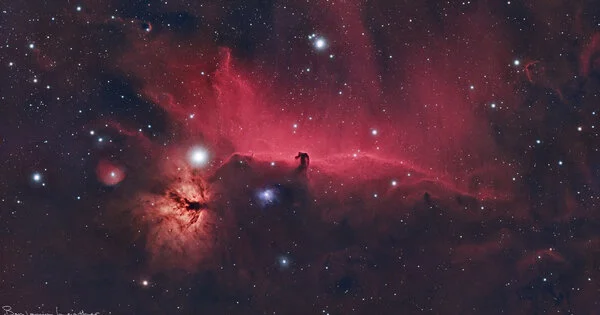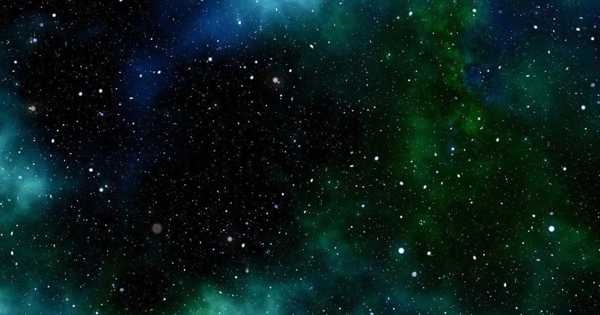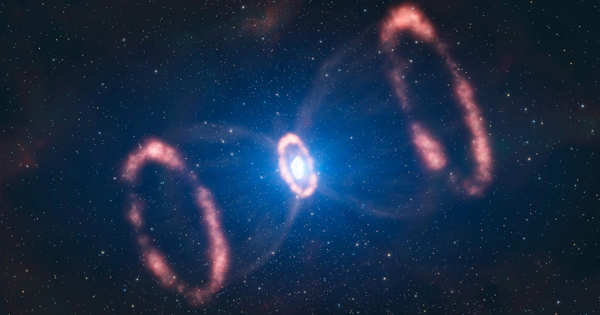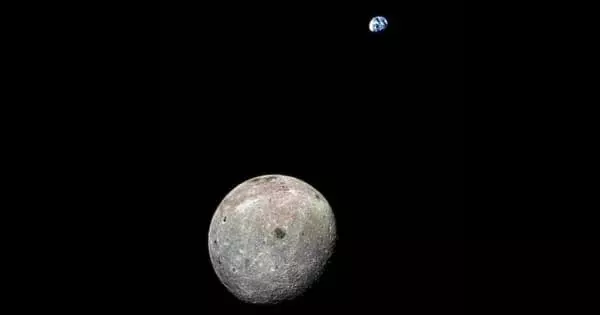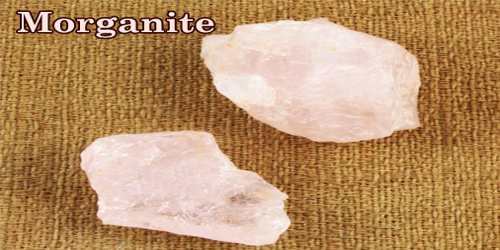The Horsehead Nebula (also known as Barnard 33) is a small dark nebula in Orion’s belt. The nebula is part of the much larger Orion molecular cloud complex and is located just to the south of Alnitak, the easternmost star in Orion’s Belt. It is a prominent feature in the night sky and is known for its distinctive shape, which resembles the head of a horse. The nebula is located about 1,500 light years away from Earth and is part of a larger complex of gas and dust clouds known as the Orion Molecular Cloud Complex.
The Horsehead Nebula is 422 parsecs or 1,375 light-years away from Earth. Because of its resemblance to a horse’s head, it is one of the most easily identified nebulae. It appears near the edge of the much larger, active star-forming H II region known as IC 434, in the southern region of the dense dust cloud known as Lynds 1630.
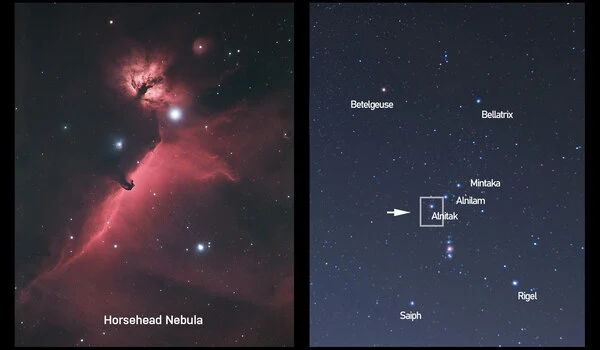
History
The Horsehead Nebula was first discovered in 1888 by Scottish astronomer Williamina Fleming, who was working at the Harvard College Observatory at the time. Since then, it has become one of the most photographed and studied objects in the night sky, and is a favorite target of amateur and professional astronomers alike. One of the first descriptions was made by E. E. Barnard, describing it as: “Dark mass, diam. 4′, on nebulous strip extending south from ζ Orionis”, cataloguing the dark nebula as Barnard 33
The Horsehead Nebula is a relatively dense cloud of gas and dust, which blocks the light from the stars behind it, creating a silhouette against the background of glowing gas. The nebula is primarily composed of hydrogen gas, which is ionized by ultraviolet light from nearby stars, causing it to glow in a characteristic red color.
Structure
The dark cloud of dust and gas is a region of star formation in the Orion molecular cloud complex. It is in the constellation Orion, which is visible in the Northern Hemisphere’s winter evening sky and the Southern Hemisphere’s summer evening sky.
Color images show a deep-red color caused by the nearby bright star Sigma Orionis, which is caused by ionized hydrogen gas (Hα) primarily behind the nebula. Magnetic fields channel the gases out of the nebula, forming streams that are visible as foreground streaks against the background glow. The edge of the massive cloud is marked by a glowing strip of hydrogen gas, and the densities of nearby stars are noticeably different on either side.
